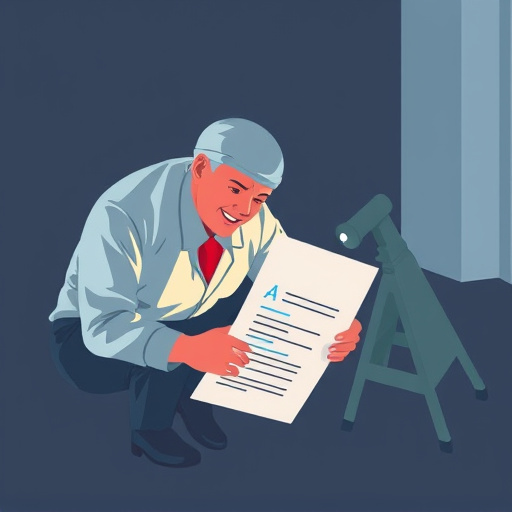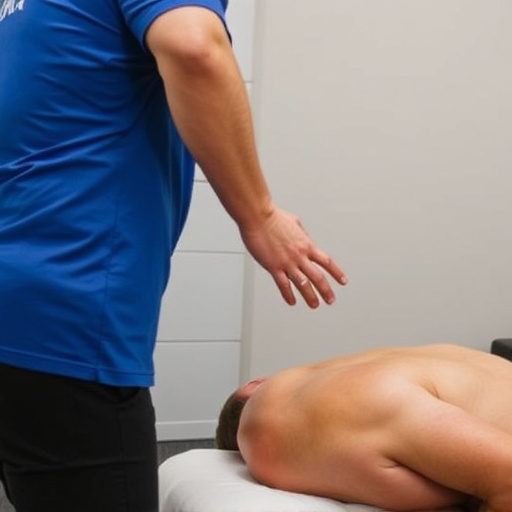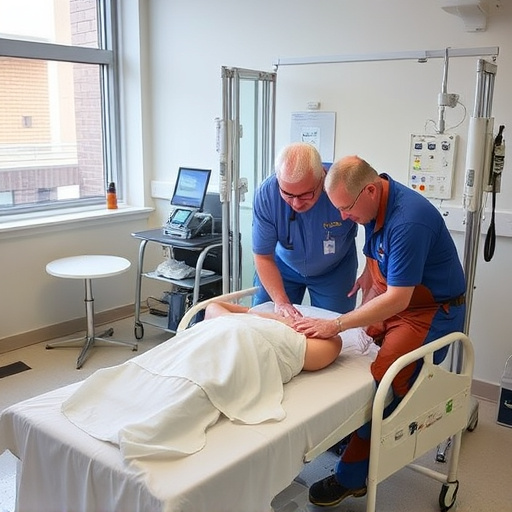Early intervention and a holistic approach are key to managing repetitive strain injury (RSI). Sarah's experience shows that combining rest, physical therapy, chiropractic care, ergonomic adjustments, targeted exercises, and sciatica treatment effectively reduced pain and regained mobility. Long-term RSI management requires lifestyle changes like improved posture, stretching breaks, and rehabilitation focusing on function restoration. Alternative therapies like acupuncture and personalized treatment plans offer hope for chronic RSI sufferers beyond traditional treatments.
“Uncover inspiring real-life accounts of individuals who have triumphantly navigated the path to recovery from Repetitive Strain Injury (RSI). This comprehensive guide delves into the diverse journeys of patients, offering valuable insights on overcoming chronic pain. From lifestyle adjustments for long-term relief to exploring alternative therapies, we explore effective strategies. Discover how these approaches can transform lives, providing hope and healing for those struggling with RSI.”
- Overcoming RSI: A Patient's Journey to Recovery
- Lifestyle Changes for Long-Term Repetitive Strain Injury Relief
- From Chronic Pain to Healing: Alternative Therapies Explored
Overcoming RSI: A Patient's Journey to Recovery
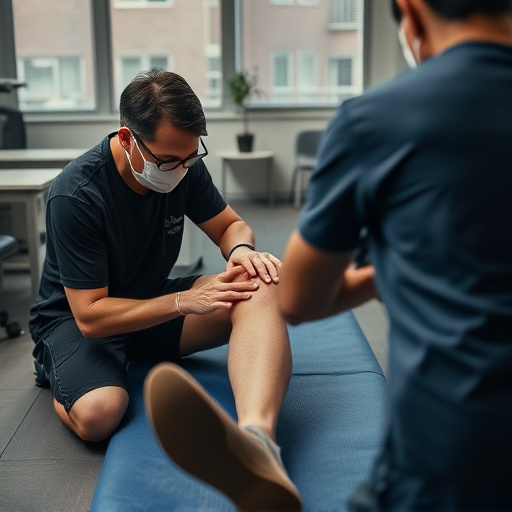
Overcoming RSI: A Patient’s Journey to Recovery
Sarah, a dedicated data analyst, first noticed the subtle signs of repetitive strain injury (RSI) when her hands started cramping during long hours at her desk. Ignoring the initial discomfort, she pressed on, driven by her passion for her work. However, the symptoms escalated, turning into a persistent ache that radiated up her arms and into her shoulders. It was then that Sarah decided to seek help, recognizing that this was more than just a fleeting pain—it was a signal of underlying damage caused by years of repetitive tasks.
Her journey to recovery began with a combination of strategic rest, physical therapy focusing on soft tissue injuries, and adjustments by a personal injury chiropractic specialist. Sarah learned ergonomic techniques to improve her workspace setup, reducing the strain on her upper body. Through dedicated exercises tailored to strengthen her affected areas, she gradually regained mobility and reduced pain levels. The sciatica treatment methods she embraced further facilitated her healing process, allowing her to reclaim her active lifestyle while managing RSI effectively.
Lifestyle Changes for Long-Term Repetitive Strain Injury Relief
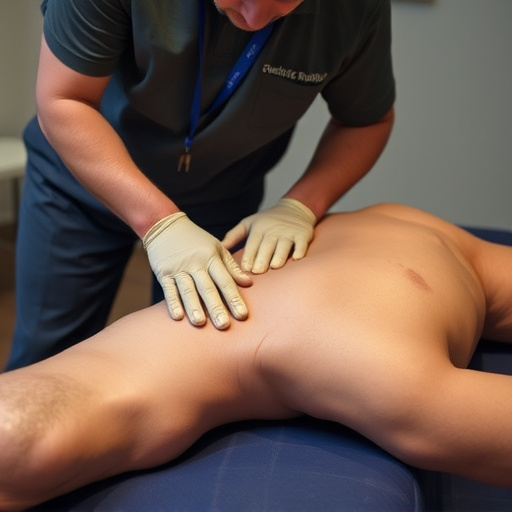
Many individuals dealing with repetitive strain injury (RSI) find that long-term relief comes not just from medical treatments but also from significant lifestyle changes. Incorporating wellness care practices into their daily routines becomes crucial in managing symptoms and preventing recurrence. This might include adopting better posture during work or leisure activities, taking regular breaks to stretch and rest muscles, and incorporating exercises specifically designed to strengthen and mobilize the affected areas.
Post accident rehabilitation plays a vital role as well. This involves tailored exercises, manual therapy, and other interventions focused on restoring function, improving flexibility, and enhancing overall strength. By addressing underlying causes of RSI and adopting sustainable wellness practices, individuals can achieve lasting relief from symptoms and reclaim their active lifestyles.
From Chronic Pain to Healing: Alternative Therapies Explored
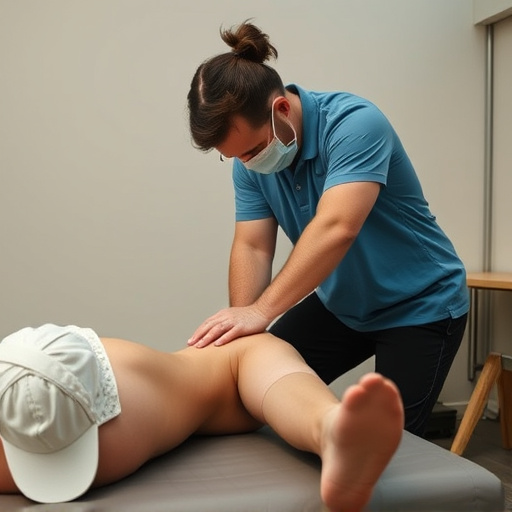
For many individuals suffering from repetitive strain injury (RSI), transitioning from chronic pain to healing can seem daunting. Traditional treatments often offer limited relief, leading patients on a quest for alternative therapies that can address the root causes of their discomfort. This journey may involve exploring personalized treatment plans tailored to individual needs, encompassing various modalities such as physical therapy, chiropractic care, and acupuncture. These holistic approaches not only alleviate symptoms but also focus on restoring function and promoting overall well-being.
In some cases, athletes experiencing sports injury recovery or individuals dealing with whiplash treatment have found success through these alternative methods. By combining specialized exercises, manual manipulation, and natural healing techniques, patients can regain control over their bodies and embark on a path towards full recovery. This shift from conventional to complementary therapies reflects a growing recognition of the importance of personalized care in managing RSI effectively.
Real patient stories offer invaluable insights into overcoming repetitive strain injury (RSI). By sharing their journeys, these individuals demonstrate that with the right combination of lifestyle changes, alternative therapies, and perseverance, healing is achievable. Incorporating these strategies into daily life can significantly reduce RSI symptoms, enabling folks to regain control over their comfort and productivity. Remember that each person’s path to recovery is unique, so it’s essential to explore and adapt these approaches to fit individual needs.












